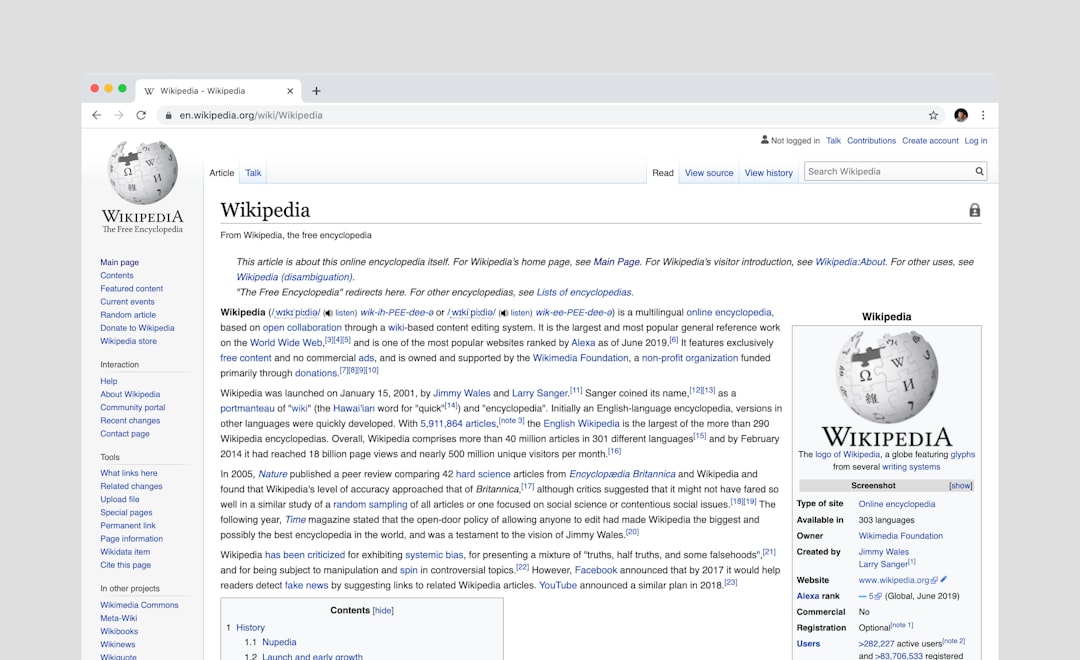If you’re using Elementor to build your WordPress site, you’re not alone. It’s one of the most popular page builders out there. But what happens when you move your site to a new domain? Or switch between staging and live environments? All those URLs inside Elementor widgets don’t update automatically. Yep, it’s a headache!
TL;DR (Too Long, Didn’t Read)
Changing URLs in Elementor after migrating a site can be tricky. Don’t just use a simple find-and-replace tool—it may break your layout. Instead, use safe tools designed for serialized data. Options like Better Search Replace or WP-CLI can safely handle these changes. Always back up your site first!
🚨 Why Simple Find & Replace Doesn’t Work
You may think, “I’ll just open the database and do a quick find and replace.” Please don’t! Elementor stores its data in something called serialized arrays. If you change even one tiny character wrong, you’ll break the site layout—or worse, the entire site!
🔧 Safe Methods to Bulk Replace URLs in Elementor
Let’s look at some safe and easy ways to do this. These methods won’t mess with Elementor’s delicate structure.
1. Use the Better Search Replace Plugin
This is one of the most trusted plugins for this job. Here’s how to use it:
- Step 1: Install and activate the Better Search Replace plugin.
- Step 2: Go to Tools > Better Search Replace.
- Step 3: In the search field, enter your old URL (example: http://oldsite.com).
- Step 4: In the replace field, enter the new URL (example: https://newsite.com).
- Step 5: Select all tables or just the ones related to Elementor: wp_posts, wp_postmeta, etc.
- Step 6: Run a dry run first (checkbox at the bottom). This shows what would change without actually doing it.
- Step 7: Happy with the results? Uncheck “dry run” and click Replace.
Bonus tip: This plugin takes care of serialized data automatically. That means it won’t break Elementor’s formatting.

2. Try WP-CLI (For Advanced Users)
WP-CLI is like magic for geeks. It’s a command-line tool for WordPress. If you’re comfortable with a terminal, this is fast and safe.
Here’s a basic command for replacing URLs:
wp search-replace 'http://oldsite.com' 'https://newsite.com' --all-tables
Important: This method also supports serialized data. But make sure you back up your database first—just in case!
3. Use Elementor’s Built-In Tools
Elementor Pro users have it even easier.
- Go to Elementor > Tools.
- Click the Replace URL tab.
- Fill in your old and new URLs.
- Click Replace URL.
This is great if you’re just changing domains or switching between staging/live. Bonus—it’s built into Elementor, so it knows how to handle its own data.
4. Use Database Editors (Carefully!)
Okay, this one is trickier, but some people prefer it. Tools like phpMyAdmin can be used to run manual SQL queries. But again—only if you know how to handle serialized data.
UPDATE wp_postmeta SET meta_value = REPLACE(meta_value, 'http://oldsite.com', 'https://newsite.com') WHERE meta_key LIKE '%elementor%';
Warning: One wrong move and you could say goodbye to your beautiful layouts. Proceed only if you’re confident.
📦 Don’t Forget the Widgets and Templates
Elementor stores URLs not just in pages, but also in:
- Headers
- Footers
- Pop-ups
- Saved templates
Make sure your tool of choice scans all database tables or at least all Elementor-related data.

🛠️ Backups are Your Best Friend
Before you run any tool—make a backup. Please. Use a plugin like UpdraftPlus or export your database manually via phpMyAdmin. A backup is your safety net if things go sideways.
🌍 What About Mixed Content?
If you’re switching from HTTP to HTTPS, you may run into “mixed content” issues. Some images or links may still point to the old HTTP version. The fix? You guessed it—do a search and replace for http:// to https://.
Again, Better Search Replace or WP-CLI are your best bets here.
🚀 Need a Faster, One-Click Option?
Some premium tools like Velvet Blues Update URLs or Search & Replace by Inpsyde can provide user-friendly dashboards. They handle the technical stuff so you don’t have to. Just be sure they clearly state that they support serialized data!
🧽 Clean Up (Optional)
After your replace operation, clear your cache and regenerate Elementor CSS files:
- Go to Elementor > Tools.
- Click Regenerate CSS & Data.
- Also clear your site and browser cache.
This can help fix any styling issues that show up after changes.
Final Thoughts 🧠
Bulk replacing URLs in Elementor is sometimes necessary, but it has to be done carefully. You now know the safe and effective tools to do the job. Just remember the golden rule: always make a backup first!
Migrating doesn’t have to be scary. With the proper tools and a little know-how, you’ll update your site URLs like a pro!
Happy editing! 🎉
